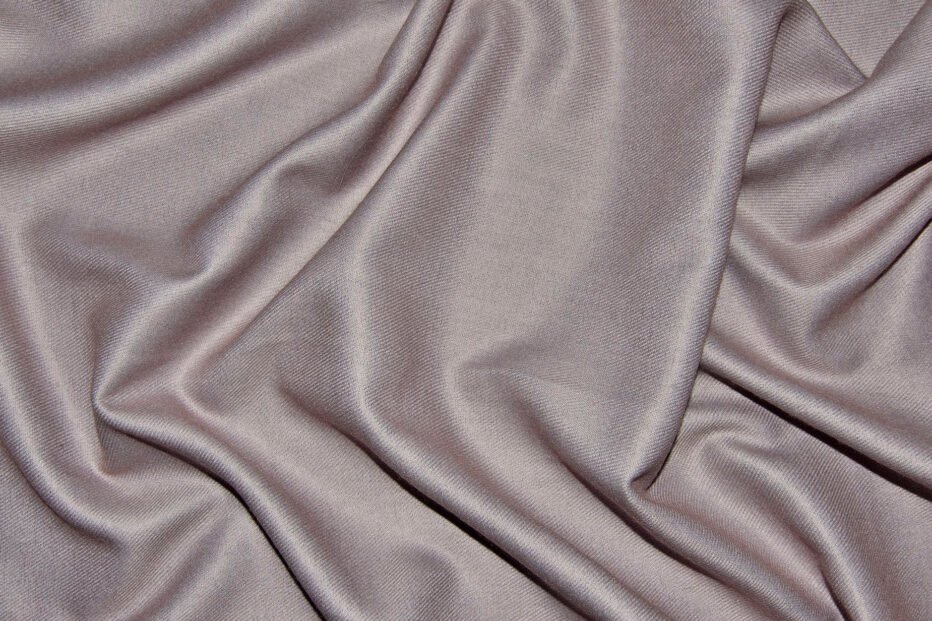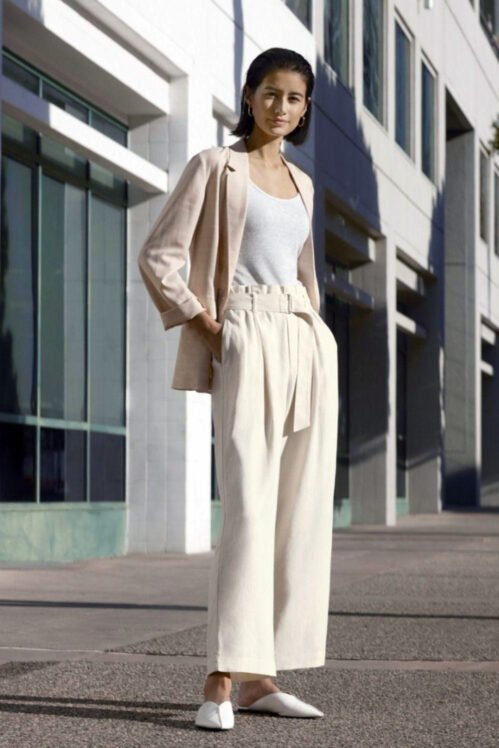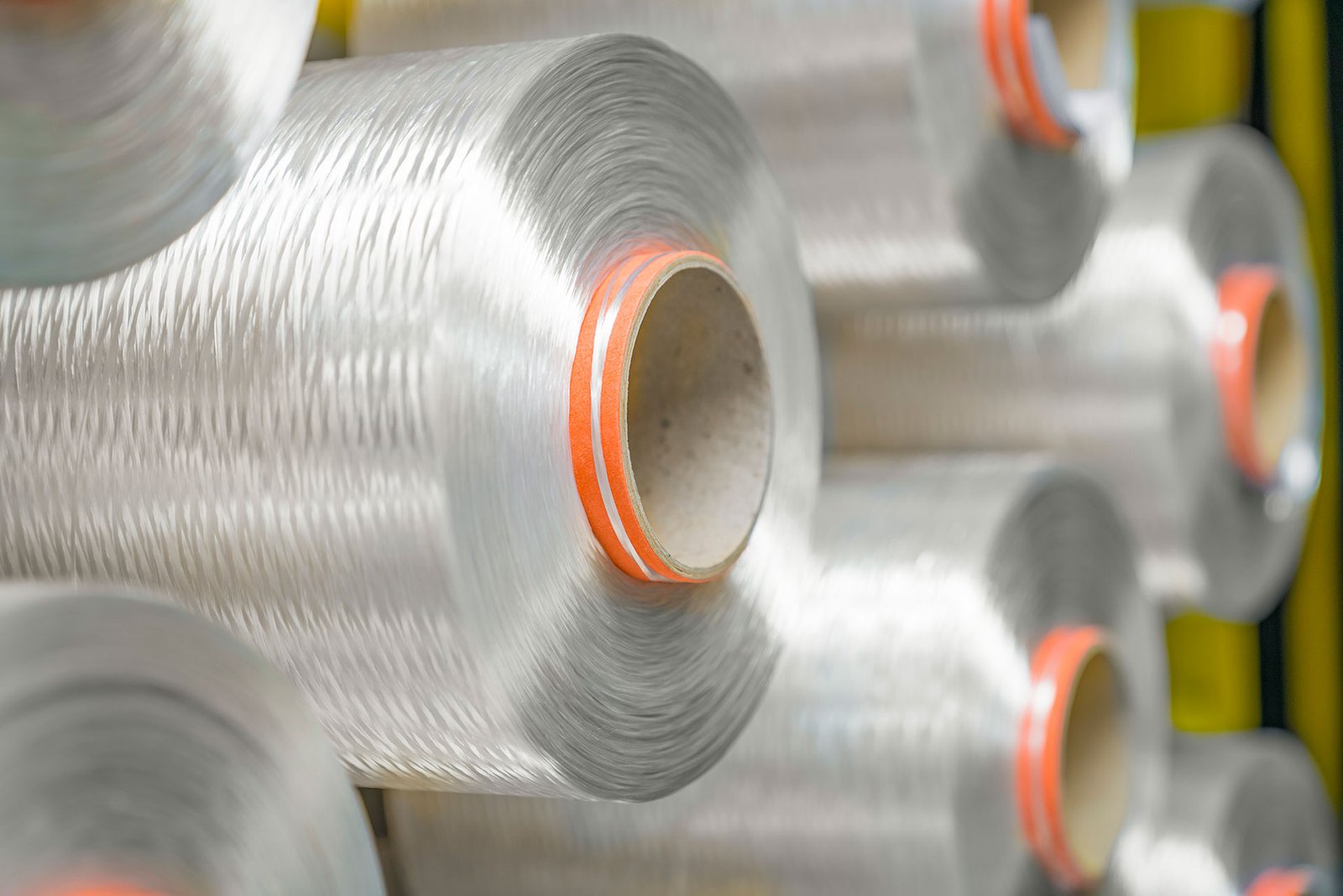
Description
A versatile fiber often referred to as artificial silk.
Rayon was the first manufactured semisynthetic fiber. It blends well with other fibers to create fabrics that feel soft and silky. There are many varieties of rayon; they differ slightly in both the manufacturing process and properties of the finished product.
Background
Story
Invented in France during the 1890s, rayon was created to be an affordable imitation of silk, wool, cotton, and linen. It was originally called “viscose”, which is still used in Europe today. In 1924, the North American textile industry adopted the term “rayon viscose”.
Manufacturing
The process of manufacturing viscose rayon consists of the following steps mentioned, in the order that they are carried out: (1) Steeping, (2) Pressing, (3) Shredding, (4) Aging, (5) Xanthation, (6) Dissolving, (7)Ripening, (8) Filtering, (9) Degassing, (10) Spinning, (11) Drawing, (12) Washing, (13) Cutting.

Expertises
Characteristic
- Smooth and soft
- Silky and lustrous
- Highly breakable, especially when wet
- Absorbs moisture quickly
- Highly flammable dye well
- Tends to shrink
- Prone to wrinkle
Appearance of Viscose Fiber
Viscose rayon fiber used in the textile and apparel industries can be staple fiber or multifilament fiber. Figure 2 shows a typical fiber shape for a commercial viscose rayon fiber product with a 1.5-denier fineness and 1.5-in (38 mm) length.
The cross-section resembles a distorted circle with a serrated contour and the fiber surface is smooth but striated longitudinally, as shown in Figure 3. The luster of viscose rayon fiber can be bright, semi-dull, or dull. Commonly used fineness of viscose rayon fiber is in the range of 1.5–15 denier. Viscose rayon microfiber (fineness less than 1 denier) is also available for production of microfiber fabrics.
Common Types of Rayon
Viscose rayon. Viscose is a semi-synthetic type of rayon fabric made from wood pulp that is used as a silk substitute, as it has a similar drape and smooth feel to the luxury material. It is a versatile fabric with a wide variety of uses, from clothing to cord, and is the most common type of rayon. Viscose has the lowest wet strength out of all the different types of rayon, which means it’s most likely to shrink or lose its shape in the washing process. Learn more about viscose in our comprehensive guide here.
Modal. Modal fabric is a semi-synthetic fabric made from beech tree pulp that is used primarily for clothing, such as underwear and pajamas, and household items, like bed sheets and towels. Modal is often blended with other fibers like cotton and spandex for added strength. Modal is considered a luxurious textile thanks to both its soft feel and high cost, as it is more expensive than either cotton or viscose..
Lyocell. Lyocell is similar to modal in that it is made with beech trees, however the production process uses fewer harsh chemicals, making it more environmentally friendly. Lyocell is similar to cotton or linen and is often blended with those fabrics. Lyocell is the most absorbent type of rayon, which means that it can absorb moisture from the skin and still feel dry and cool.
Uses for Rayon
Drapey clothing. Rayon’s fluid drape makes it a great choice for clothing that looks flowy and breathable, from drapey tops to loose bottoms.
Athletic wear. Rayon’s moisture-absorbency and breathability make it a popular option for athleticwear, keeping you cool and dry while exercising.
Silky clothing. Rayon can have a smoothness and sheen similar to silk, while being cheaper to produce and easier to care for—thus, it has become popular as an alternative to natural silk (sometimes even called “artificial silk” or “art silk”) in everything from blouses to lingerie.
Social
12k followers
30k likes
Youtube
22k subscribers
8k followers
Have a project in mind?
If you have a great idea, reach out to me. Whether it is a small or big project, I will listen first and get back to you with a plan.

